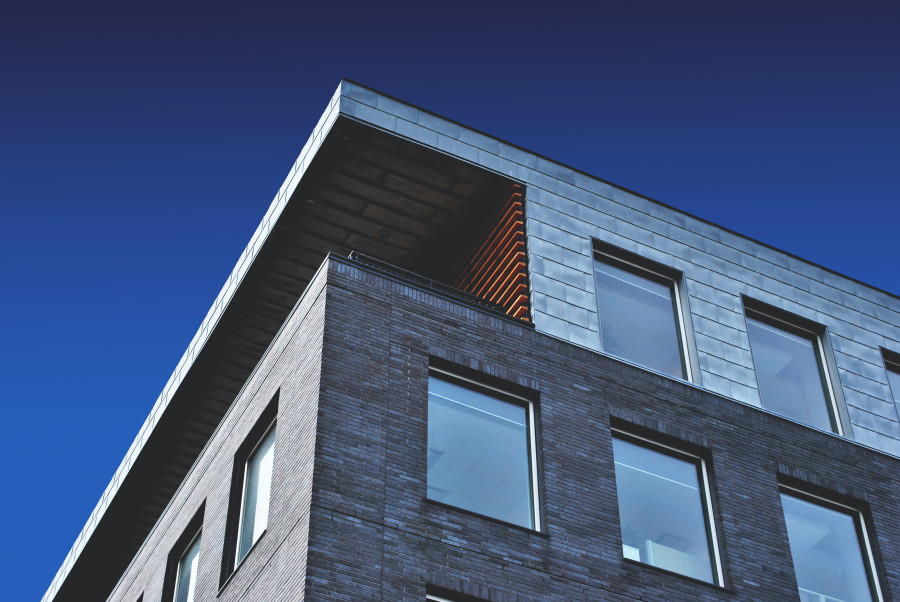What is a Prefab House Made Of?

In a world where efficiency and sustainability are becoming increasingly important, prefab houses have emerged as a smart and eco-friendly housing solution. These homes are known for their quick construction, cost-effectiveness, and reduced environmental impact. But what exactly are prefab houses made of? Let's explore the many aspects that come together to create these modern homes.
How are Prefab Houses Constructed?
Prefab homes are predominantly constructed in a factory or manufacturing facility. The key components of prefab homes, such as structural frames, wall panels, roof trusses, and sometimes even entire modules, are manufactured in a controlled factory environment. This controlled setting offers several advantages, including precision construction, protection from adverse weather conditions, reduced waste, and increased efficiency.
Once these components are fabricated, they are transported to the building site and assembled into the final structure. While a significant portion of the home's construction occurs in the factory, onsite work may still be required, such as foundation preparation, utility connections, and finishing touches. The extent of onsite work can vary depending on the type of prefab construction and the home's specific design.
What are Prefab Houses Made Of?
Prefab houses are constructed using the following components:
Structural Frame
Like any traditional home, the foundation of any prefab house begins with a solid structural frame. This frame can be made from various materials, with steel and timber being the most common choices. Steel frames provide exceptional strength and durability, making them ideal for large-scale prefab construction. On the other hand, timber frames offer natural insulation and an eco-friendlier option.
Wall Panels
The walls of a prefab house play a crucial role in insulation, energy efficiency, and aesthetics. Wall panels are typically made from materials like structural insulated panels (SIPs), concrete, steel, or timber. SIPs consist of a foam core sandwiched between two structural facings, offering excellent thermal performance. Concrete panels provide exceptional durability and fire resistance, while steel and timber panels offer versatile design options.
Roofing Materials
The roof of a prefab house is essential for protection against the elements and insulation. Common roofing materials include steel, asphalt shingles, clay or concrete tiles, and standing-seam metal roofing. The choice of roofing material often depends on the climate, budget, and desired aesthetic.
Exterior Cladding
The exterior cladding enhances the visual appeal of a prefab house and protects it from weathering and other external factors. Common cladding materials include timber, fibre cement boards, metal, and vinyl siding. Timber cladding provides a natural, rustic appearance, while fibre cement and metal options offer durability and low maintenance.
Insulation
Proper insulation is essential for maintaining a comfortable indoor climate and energy efficiency. Insulation materials commonly used in prefab houses include fibreglass, foam boards, and mineral wool. The choice of insulation material depends on factors such as climate, cost, and desired thermal performance.
Flooring
Prefab houses offer various flooring options, depending on personal preference and budget. Common choices include hardwood, laminate, engineered wood, vinyl, and tile. Each material has unique characteristics, such as durability, ease of maintenance, and aesthetic appeal.
Windows and Doors
Windows and doors are essential components of any home, including prefab houses. Energy-efficient windows with double or triple glazing help improve insulation and reduce energy consumption. Doors can be made from materials like wood, fibreglass, or steel, offering security and aesthetic options to match the overall design.
Plumbing and Electrical Systems
Like traditional homes, prefab houses feature fully functional plumbing and electrical systems. These systems include pipes, fixtures, wiring, outlets, switches, and appliances. The integration of these systems is carefully planned during the prefab construction process to ensure seamless functionality.
Interior Finishes
The interior finishes of a prefab house add the final touches that make it a home. These finishes encompass paint, wallpaper, moulding, carpentry, countertops, and flooring. Homeowners have the flexibility to personalise their prefab homes to their taste, creating a warm and inviting interior space.
Sustainable and Eco-Friendly Features
Many modern prefab houses use sustainable and eco-friendly features to reduce environmental impact. These features may include energy-efficient heating and cooling systems, solar panels, rainwater harvesting systems, and eco-friendly building materials. Prefab houses are well-suited for sustainable design principles due to their controlled manufacturing processes and reduced construction waste.
Smart Home Technology
Incorporating smart home technology has become increasingly popular in contemporary prefab houses. These features can include smart thermostats, security systems, lighting controls, and integrated home automation. Smart home technology enhances convenience, security, and energy efficiency.
Customisation
One of the advantages of prefab houses is the ability to customise various aspects of the home, including floor plans, finishes, and architectural style. This flexibility allows homeowners to design a prefab house that suits their unique needs and preferences.
In conclusion, prefab houses are a modern and sustainable housing solution with various customisation options. These homes are constructed from a combination of materials, including steel, timber, concrete, and innovative building components like SIPs. With a focus on energy efficiency, durability, and aesthetics, prefab houses provide homeowners with comfortable and eco-friendly living spaces that meet the demands of the 21st century.